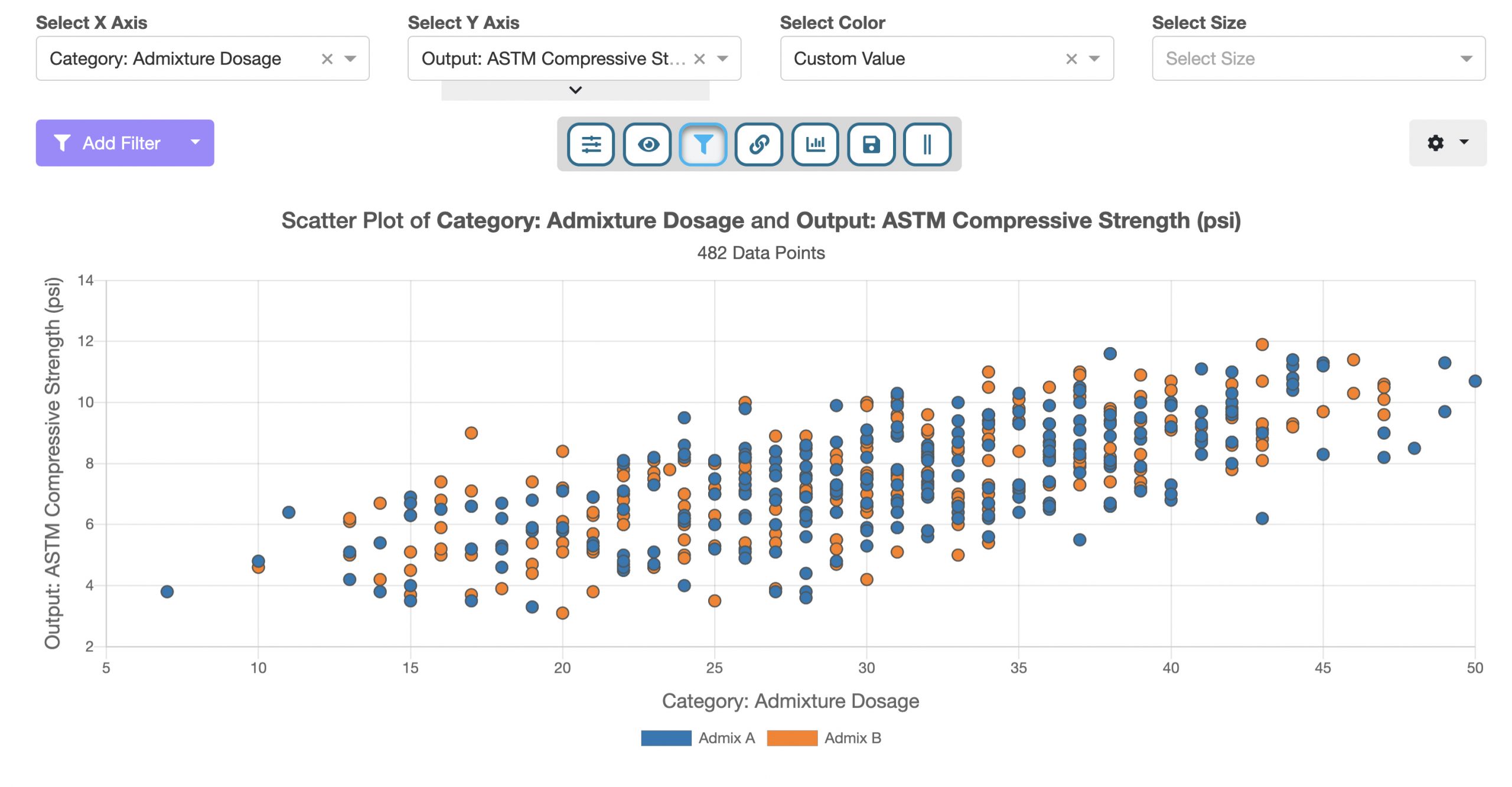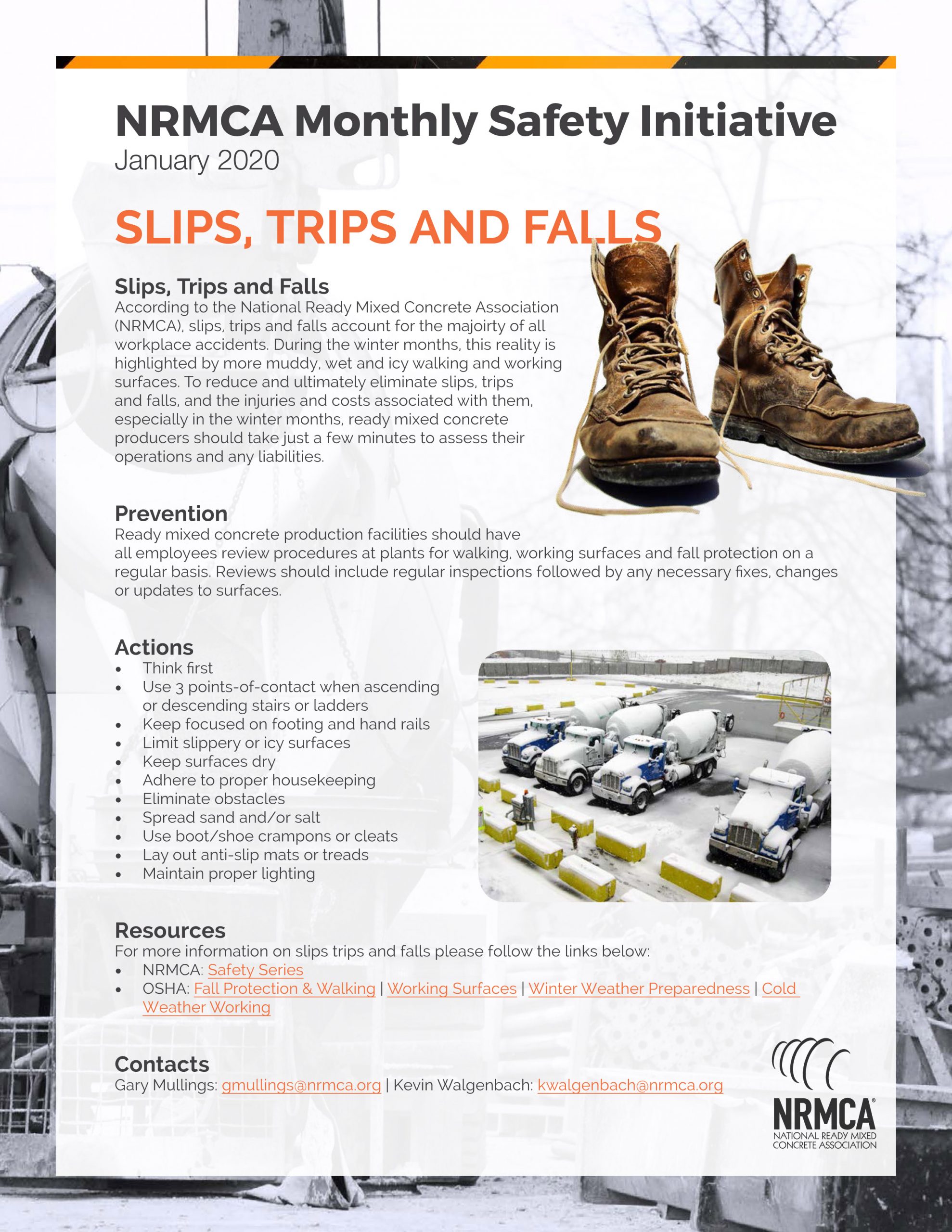Solidia Technologies has teamed with start-up Uncountable to build a data analysis platform expediting research & development and commercial application surrounding the former company’s low carbon cement and concrete. Using data science, machine learning and artificial intelligence, Uncountable’s web platform equips Solidia and its customers to improve production and finished elements or structures by trialing myriad concrete formulations without years of experimentation. It serves as a bridge between the company’s Piscataway, N.J. headquarters lab and optimization at customer facilities during pilot and commercial phases.
Read MoreMonth: February 2020
Registration, exhibit acreage, content point to strong ConExpo-Con/Agg
The Association of Equipment Manufacturers, manager of 2020 ConExpo-Con/Agg and International Fluid Power Exhibition, March 10-14, reports a new single-week watermark: More than 38,000 individuals registered for the Las Vegas Convention Center gathering ahead of an early-bird deadline last month.
Read MoreFMCSA solicits input on methodology for major truck crash study
The Federal Motor Carrier Safety Administration is inviting comments on how to format and conduct a study aimed at identifying factors contributing to large truck crashes. In a formal Request for Information (RFI), the agency seeks “how best to balance sample representativeness, comprehensive data sources, ranges of crash types, and cost efficiency.”
Read MoreRegulators turn toward new heavy-duty engine emissions standards
U.S. Environmental Protection Agency Administrator Andrew Wheeler will advance his Cleaner Trucks Initiative, outlined in November 2018, with a proposed rulemaking to establish new, more stringent oxides of nitrogen (NOx) and other pollutant emissions standards for heavy-duty diesel engines powering on-highway trucks.
Read MoreLocal agencies steer 2021 Energy Code toward 10 percent efficiency gains
Approved proposals for the 2021 International Energy Conservation Code (IECC) will bring an estimated 10 percent or more efficiency improvement for both residential and commercial buildings that follow the International Code Council standard. Changes from the 2018 IECC will lower building energy use for decades to come, reduce utility costs, and help mitigate carbon emissions from the built environment, proponents note. The U.S. Department of Energy will release a final analysis of energy savings attributable to code revisions later this year.
Read MoreDefinitive waters rule rises in wake of Obama EPA ambiguity
With the backdrop of the 2020 National Association of Home Builders International Builders’ Show in Las Vegas, Environmental Protection Agency Administrator Andrew Wheeler and Assistant Secretary of the Army for Civil Works R.D. James announced the Navigable Waters Protection Rule. Clearly defining “waters of the United States,” it lays to rest one of the most contentious EPA actions—a 2015 Clean Water Act reinterpretation expanding federal authority over bodies of water small and large—attempted under the Obama administration. The new definition will see fewer residential and commercial building development projects subject to federal Clean Water Act (CWA) permits.
Read MoreConstruction Industry interests salute Environmental Policy Act streamlining
The Portland Cement Association and National Stone, Sand and Gravel Association are among 35 members of Unlocking American Investment, a new U.S. Chamber of Commerce-led coalition supporting National Environmental Policy Act (NEPA) revisions that will help cut typical infrastructure project permitting phases by more than 50 percent against current metrics.
Read MoreLet’s be more like Australia’s economy
By Pierre G. Villere
This time last year, the business press was having a field day with their occasional Chicken Little prognostications that the economy was headed into recession, and the talking heads on the business news cable networks were the worst. Their bearish view, derived from the tiniest of economic indicators, threw the stock market into a tailspin the last couple of months of 2018, which continued into the first part of 2019, giving pause to the entire economy.
Read MoreWaters rule counters Washington swamp
Release of the Environmental Protection Agency and Department of Army Navigable Waters Protection Rule (NWPR) spotlighted Clean Water Act (CWA) permitting requirements that constrain land use, limit property rights, and drive up business or consumer costs. Indeed, preliminary estimates suggest NWPR adoption yielding upward of $500 million in permit streamlining and related savings annually.
Read MoreFizzano Bros. conveys plastics-derived aggregate to commercialization
Sources: Braskem America, Philadelphia; CP staff
Fizzano Brothers Concrete Products is helping demonstrate the engineering properties and commercial potential of Resin8, a fine aggregate derived from post-consumer plastic waste, in a concrete masonry unit (CMU) installation at the Braskem America Innovation and Technology Center, Pittsburgh. The Philadelphia producer has teamed with Resin8 developer, Center for Regenerative Design & Collaboration (CRDC), on testing the material’s viability as a small volume (≤ 10 percent) substitute for ASTM C33 aggregate.
Read More




